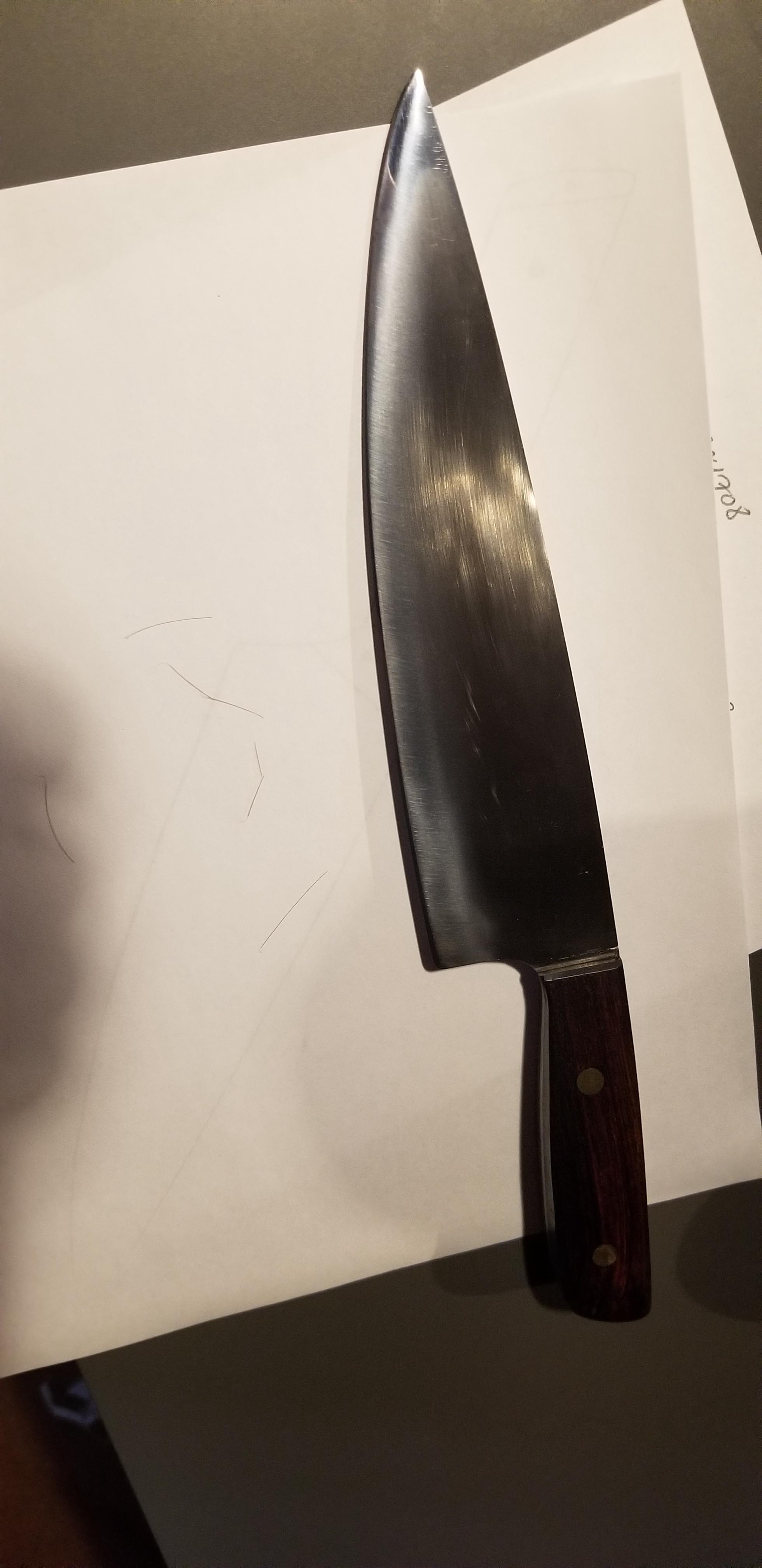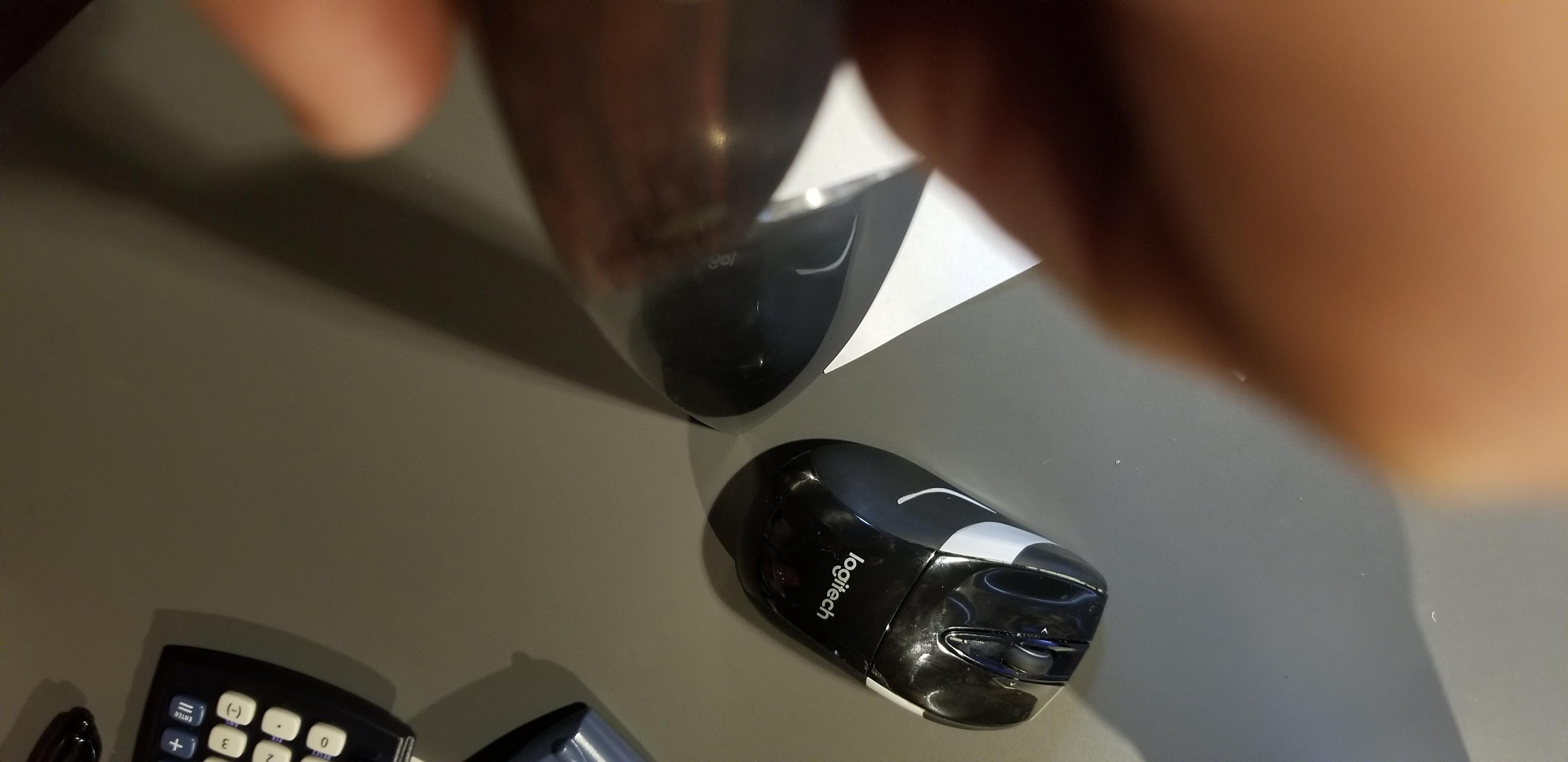It depends on what you're trying to get I've made a few knives, but none super brightly polished (as it's too hard to keep a knife with a bright polish in shape).
I make them like this (from the side and then from above). You can see the cloud from the side isn't as deep of scratches as it may look (based on the reflection looking along it).
The reality is that it's a lot like sanding wood, in that:
* you don't start sanding until the stock removal or shaping work is fine enough to be able to sand
* Once you do, you must make sure the work of the current grit is uniform and well done with no stray deep scratches (if you bump up, you'll never get them out)
* Once you get to a certain point, you have to decide if you're going all the way to bright polish ir if you'll do something such as what I showed (the virtue of what I showed, which is just a 220 grit al-ox with a light touch and some lubricant, is if the user of the knife lightly scuffs the knife accidentally, they can restore the same level of finish. if the knife is bright polish, it'll never look like new again as matching a polish can be difficult.
The best way, though, to tell that you didn't do enough on a given sanding step is to move up a step and then find the scratches remaining deeper than the prior.
A little harder to explain than do (these pictures show that I have a bit more to do on the tip of this knife, but not a big deal as it's still in my shop on a shelf. I wouldn't send it to someone as a gift with the little marks left in the tip, but this was the first one I made).











